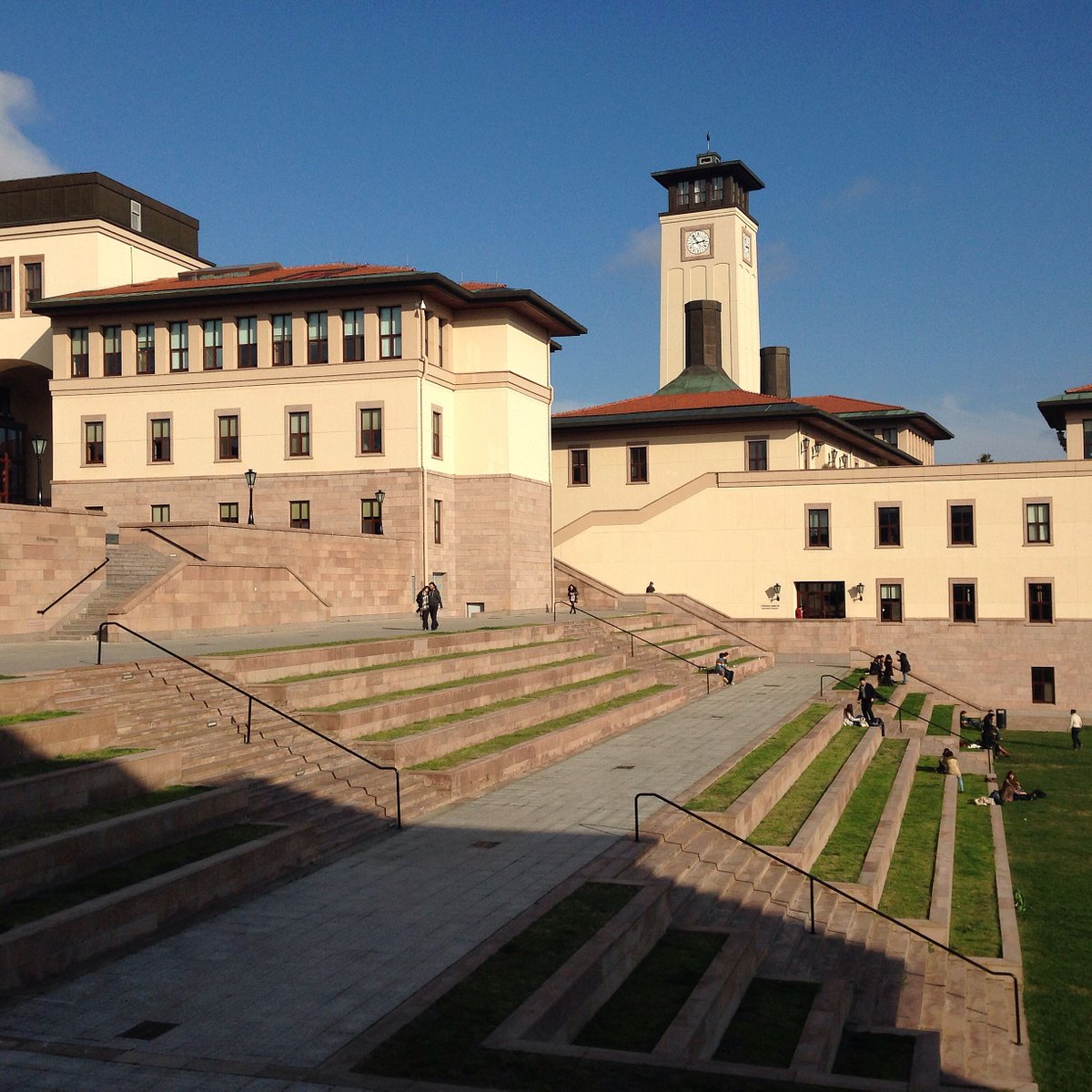ÖNE ÇIKAN ETKİNLİKLER
Tüm Etkinlikler
24 sonuçtan 1-10 arası gösteriliyor

Sevgi Gönül Tiyatro Günleri
Koç Üniversitesi Tiyatro Kulübü, performans sanatlarının büyülü dünyasında yolculuğuna devam ediyor! Oda Tiyatrosu'ndan Sevgi Gönül Kültür Merkezi'ndeki performans günlerine kadar olan süreçte bir araya gelerek aile olmanın ve birlikte hareket etmeni

SGKM

2024-04-23 08:00

Hemşirelik Fakültesi Öğrenci Etkinliği
Zoom Meeting ID: 917 5466 1307
Zoom Link: https://kocun.zoom.us/j/91754661307

Koç Üniversitesi Hemşirelik Fakültesi 4. Kat RMK AIMES ve Zoom

2024-04-24 09:00

Academic Calendar
Showing 1-8 of 123 result
Final Examinations
UGRD, MS/MA, PhD

January 16-25
Additional Final Days
UGRD, MS/MA, PhD

January 16-25
Semester Break
UGRD, MS/MA, PhD

January 16-25
Make-Up Exams
UGRD, MS/MA, PhD

January 16-25
Apr 20, 2024
1 sonuçtan 1-1 arası gösteriliyor

6th Suna Kiraç Conference on Neurodegeneration - Istanbul
Tanıtım metni yalnızca İngilizce hazırlanmıştır. Sağ üstteki dil seçeneğini kullanarak İngilizce içeriği ziyaret edebilirsiniz.

Online

2024-04-19 15:30
20-04, 24 - 20-05, 24
20 sonuçtan 1-10 arası gösteriliyor

6th Suna Kiraç Conference on Neurodegeneration - Istanbul
Tanıtım metni yalnızca İngilizce hazırlanmıştır. Sağ üstteki dil seçeneğini kullanarak İngilizce içeriği ziyaret edebilirsiniz.

Online

2024-04-19 15:30

BUSINESS ADMINISTRATION MANAGEMENT AND STRATEGY
CEO Rationalization of Corporate Misconduct: A Meta-Analytic Structural Equation Model

CASE 127

2024-04-22 11:00

Management and Strategy Research Seminar-Max Braun
Tanıtım metni yalnızca İngilizce hazırlanmıştır. Sağ üstteki dil seçeneğini kullanarak İngilizce içeriği ziyaret edebilirsiniz.

CASE 127

2024-04-22 11:00

Sevgi Gönül Tiyatro Günleri
Koç Üniversitesi Tiyatro Kulübü, performans sanatlarının büyülü dünyasında yolculuğuna devam ediyor! Oda Tiyatrosu'ndan Sevgi Gönül Kültür Merkezi'ndeki performans günlerine kadar olan süreçte bir araya gelerek aile olmanın ve birlikte hareket etmeni

SGKM

2024-04-23 08:00

Hemşirelik Fakültesi Öğrenci Etkinliği
Zoom Meeting ID: 917 5466 1307
Zoom Link: https://kocun.zoom.us/j/91754661307

Koç Üniversitesi Hemşirelik Fakültesi 4. Kat RMK AIMES ve Zoom

2024-04-24 09:00

Canva ile Tasarım- Başlangıç Seviyesi
Bu İngilizce atölye başlangıç seviyesinde olup, yüz yüze gerçekleşecektir.

Library Classroom

2024-04-24 15:00

What Does Neuroaesthetios Have To Do With Ethics?
Tanıtım metni yalnızca İngilizce hazırlanmıştır. Sağ üstteki dil seçeneğini kullanarak İngilizce içeriği ziyaret edebilirsiniz.

ENGZ50

2024-04-24 16:00


PHYSICS SEMINAR by Aşkın Kocabaş
Tanıtım metni yalnızca İngilizce hazırlanmıştır. Sağ üstteki dil seçeneğini kullanarak İngilizce içeriği ziyaret edebilirsiniz.

SCI 103

2024-04-25 14:30

SCIENCE COLLOQUIUM by Asha Rao
Tanıtım metni yalnızca İngilizce hazırlanmıştır. Sağ üstteki dil seçeneğini kullanarak İngilizce içeriği ziyaret edebilirsiniz.

SNA 103

2024-04-25 16:00
278 sonuçtan 1-10 arası gösteriliyor

MSc in International Management Bilgilendirme Oturumu
MSc in International Management Bilgilendirme Oturumu

Zoom

2024-04-19 17:00

6th Suna Kiraç Conference on Neurodegeneration - Istanbul
Tanıtım metni yalnızca İngilizce hazırlanmıştır. Sağ üstteki dil seçeneğini kullanarak İngilizce içeriği ziyaret edebilirsiniz.

Online

2024-04-19 15:30

KUBAM/CHEMISTRY SEMINAR by G. Jeffrey Snyder
Tanıtım metni yalnızca İngilizce hazırlanmıştır. Sağ üstteki dil seçeneğini kullanarak İngilizce içeriği ziyaret edebilirsiniz.

SCI 103

2024-04-19 13:00

PHYSICS SEMINAR by Mehdi Abdi
Tanıtım metni yalnızca İngilizce hazırlanmıştır. Sağ üstteki dil seçeneğini kullanarak İngilizce içeriği ziyaret edebilirsiniz.

SCI 103

2024-04-18 14:30

MATH SEMINAR by Asha Rao
Tanıtım metni yalnızca İngilizce hazırlanmıştır. Sağ üstteki dil seçeneğini kullanarak İngilizce içeriği ziyaret edebilirsiniz.

SCI 103

2024-04-18 11:00

PHYSICS SEMINAR by Mehdi Abdi
Tanıtım metni yalnızca İngilizce hazırlanmıştır. Sağ üstteki dil seçeneğini kullanarak İngilizce içeriği ziyaret edebilirsiniz.

SCI 103

2024-04-17 14:30

MBGE SEMINAR by Idil Orhon
Tanıtım metni yalnızca İngilizce hazırlanmıştır. Sağ üstteki dil seçeneğini kullanarak İngilizce içeriği ziyaret edebilirsiniz.

SCI 103

2024-04-17 10:30

Functional Polymer Microspheres by Type II Photoinitiated Precipitation Polymerization
Tanıtım metni yalnızca İngilizce hazırlanmıştır. Sağ üstteki dil seçeneğini kullanarak İngilizce içeriği ziyaret edebilirsiniz.

SCI 103

2024-04-05 13:00

Quantum Chemical Characterization of Selectivity Control in Sustainable Transformations
Tanıtım metni yalnızca İngilizce hazırlanmıştır. Sağ üstteki dil seçeneğini kullanarak İngilizce içeriği ziyaret edebilirsiniz.

Zoom (Online)

2024-04-05 09:00

Istırap Korosu
İlk gösterimini 25. İstanbul Tiyatro Festivali'nde yapan Istırap Korosu, Koç Üniversitesiyle buluşuyor!

SGKM

2024-04-03 20:00
Etkinlik Bul







